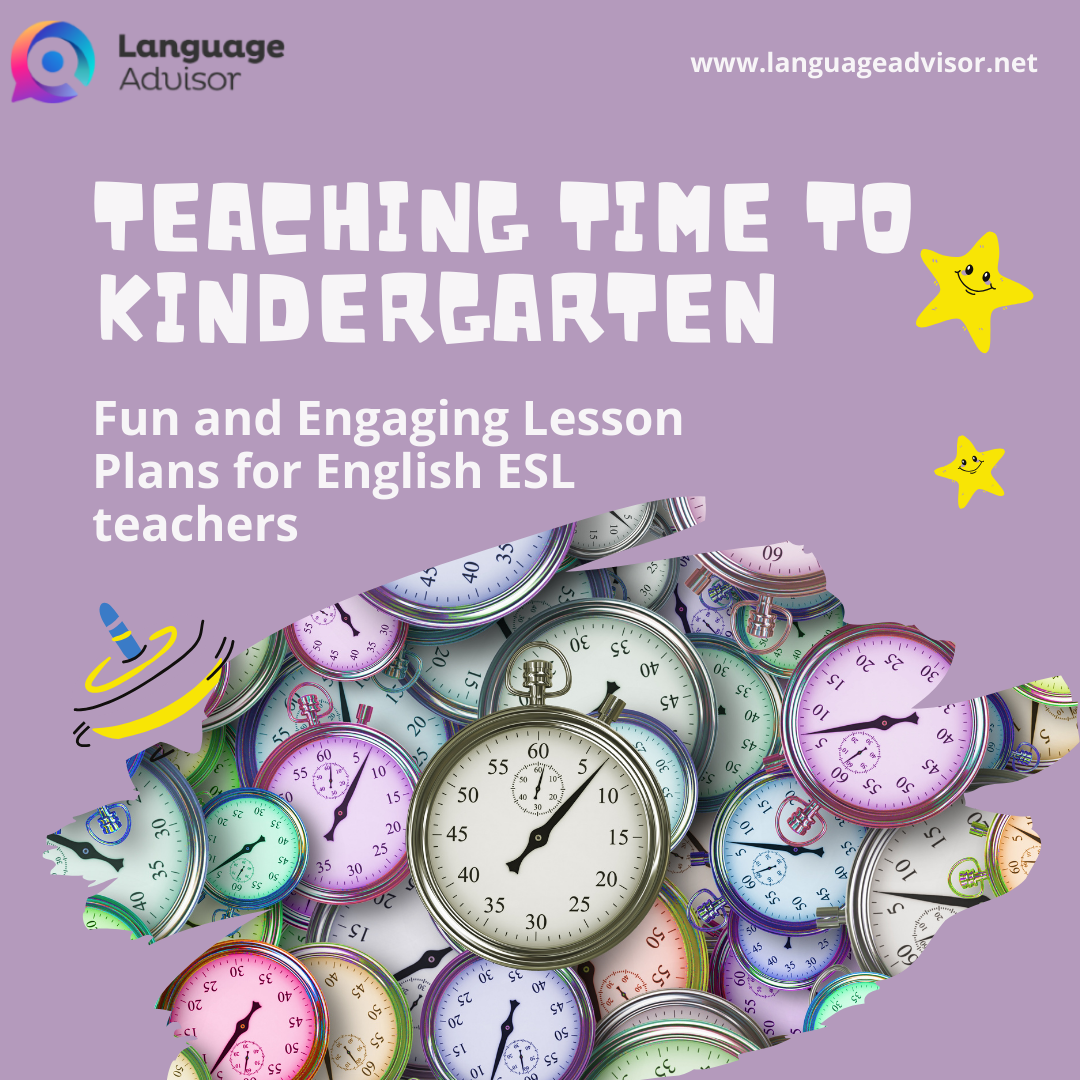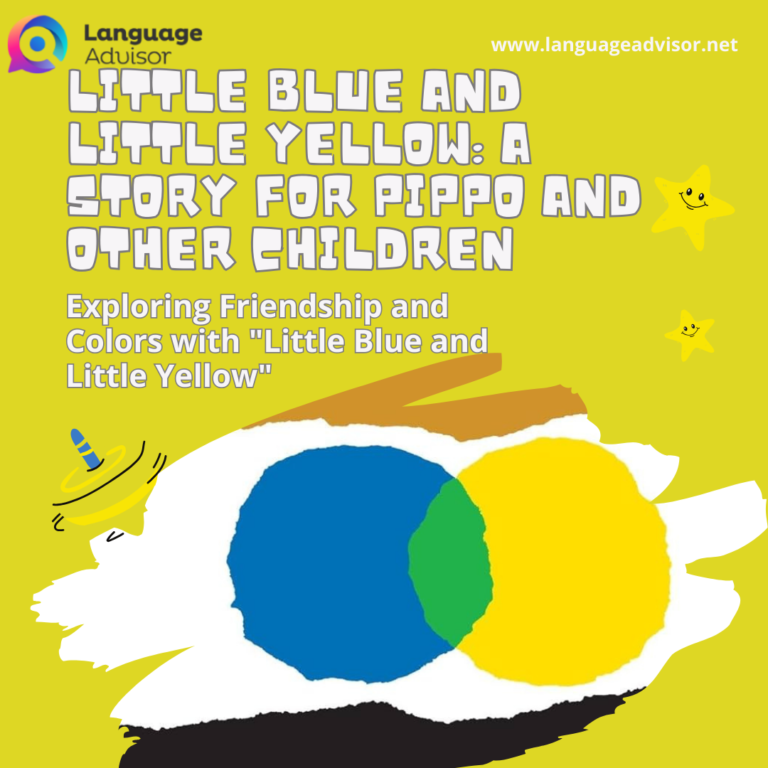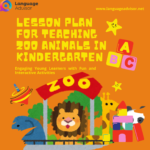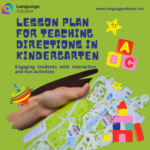Teaching Time to Kindergarten: Fun and Engaging Lesson Plans for English ESL teachers
Teaching Time to Kindergarten

Teaching Time to Kindergarten
Teaching time to kindergarteners can be both fun and educational with the right activities and resources. This blog post provides two comprehensive lesson plans designed to help young learners understand the concepts of time and dates. With songs, online games, board games, and hands-on activities, these lessons will keep your students engaged and excited about learning to tell time.
Let’s dive in!
Lesson Plan 1: Introduction to Time and Date
Songs and Videos
Start the lesson with these fun and educational songs to get the kids excited:
- Hickory Dickory Dock
- What’s the Time?
- What’s the Time (More Advanced)
- Cuckoo Song
- What Time Is It?
- Days of the Week
Online Videos and Games
- Learning the Clock
- Days of the Week ESL Vocabulary Game
- Telling Time Sentence Game
- Time Pirate Board Game
- Telling Time Crocodile Board Game
Lesson Structure
Warmer
Play “What’s the Time, Mr. Wolf?”
- Students stand against the back wall of the classroom.
- The teacher stands at the whiteboard as the ‘wolf’ with their back turned.
- Students ask, “What’s the time, Mr. Wolf?”
- The teacher answers with a time (e.g., “three o’clock”), and students take the corresponding number of steps towards the teacher.
- At any point, the teacher can say “dinner time,” and students must run back to the wall while the teacher tries to tag them. The tagged student becomes the new ‘wolf’.
Presentation
Introduce the following terms:
- o’clock, quarter past, half past, quarter to
- 5, 10, 20, 25 past
- 5, 10, 20, 25 to
- time, minute, hour, half an hour
- early, late, morning, afternoon, evening
Draw a large clock face on the whiteboard and use different colors to indicate different times of day (morning, afternoon, evening). Explain daily routines and their associated times:
- 9 in the evening to 7 in the morning = sleep
- 8 in the morning to half past 3 in the afternoon = school
- 5 in the afternoon to 6 in the evening = football
- 6 in the evening = go home
Practice
Ask questions like:
- “What is the time?”
- “Do you know what time it is?”
- “What time is lunch/football?”
Draw times on the clock and have students tell the time. Use practical examples such as:
- “Fern has a dance lesson at ______.”
- “The next bus to Sukhothai is at ______.”
- “I went to sleep very late last night! It was ______.”
- “Aoy has to see the dentist today. He will see the dentist at ______.”
- “______ is a good time to eat lunch.”
Production
Have students write down what time they:
- Wake up
- Eat breakfast
- Sing the national anthem
- Go to sleep
Cooler
Divide the class into two teams. Draw a large clock on the board with no hands. Say a time, and a student from each team must come up and draw the hands on the clock. Points are awarded for correct answers.

Lesson Plan 2: Telling the Time
Warmer
Play “What’s the Time, Mr. Wolf?”
- Students stand against the back wall of the classroom.
- The teacher stands at the whiteboard as the ‘wolf’ with their back turned.
- Students ask, “What’s the time, Mr. Wolf?”
- The teacher answers with a time (e.g., “three o’clock”), and students take the corresponding number of steps towards the teacher.
- At any point, the teacher can say “dinner time,” and students must run back to the wall while the teacher tries to tag them. The tagged student becomes the new ‘wolf’.
Presentation
Introduce the following terms:
- o’clock
- quarter past
- half past
- quarter to
- 5, 10, 20, 25 past
- 5, 10, 20, 25 to
- time
- minute
- hour
- half an hour
- early
- late
- morning
- afternoon
- evening
Rather than individual flashcards, draw a large clock face on the whiteboard. Use different colors to indicate the different morning, afternoon, and evening times by putting a colored dot next to each number. For example, all numbers will have a morning dot, 12-5 will have an afternoon dot, and 6-11 will have an evening dot.
Explain daily routines and their associated times:
- 9 in the evening to 7 in the morning = sleep
- 8 in the morning to half past 3 in the afternoon = school
- 5 in the afternoon to 6 in the evening = football
- 6 in the evening = go home
Practice
Ask questions like:
- “What is the time?”
- “Do you know what the time is?”
- “What time is lunch/football?”
- “Make sure you come to class on time.”
Draw the time on the clock and have students tell the time. Use practical examples such as:
- “Fern has a dance lesson at ______.”
- “The next bus to Sukhothai is at ______.”
- “I went to sleep very late last night! It was ______.”
- “Aoy has to see the dentist today. He will see the dentist at ______.”
- “______ is a good time to eat lunch.”
Production
Have students write down what time they:
- Wake up
- Eat breakfast
- Sing the national anthem
- Go to sleep
Cooler
Divide the class into two teams. Draw a large clock on the board with no hands. Say a time, and a student from each team must come up and draw the hands on the clock. Points are awarded for correct answers.

Conclusion
By incorporating these engaging activities into your lessons, you can help your kindergarten students master the concept of telling time in a fun and memorable way.
Happy teaching!

Also check out these lesson plans












